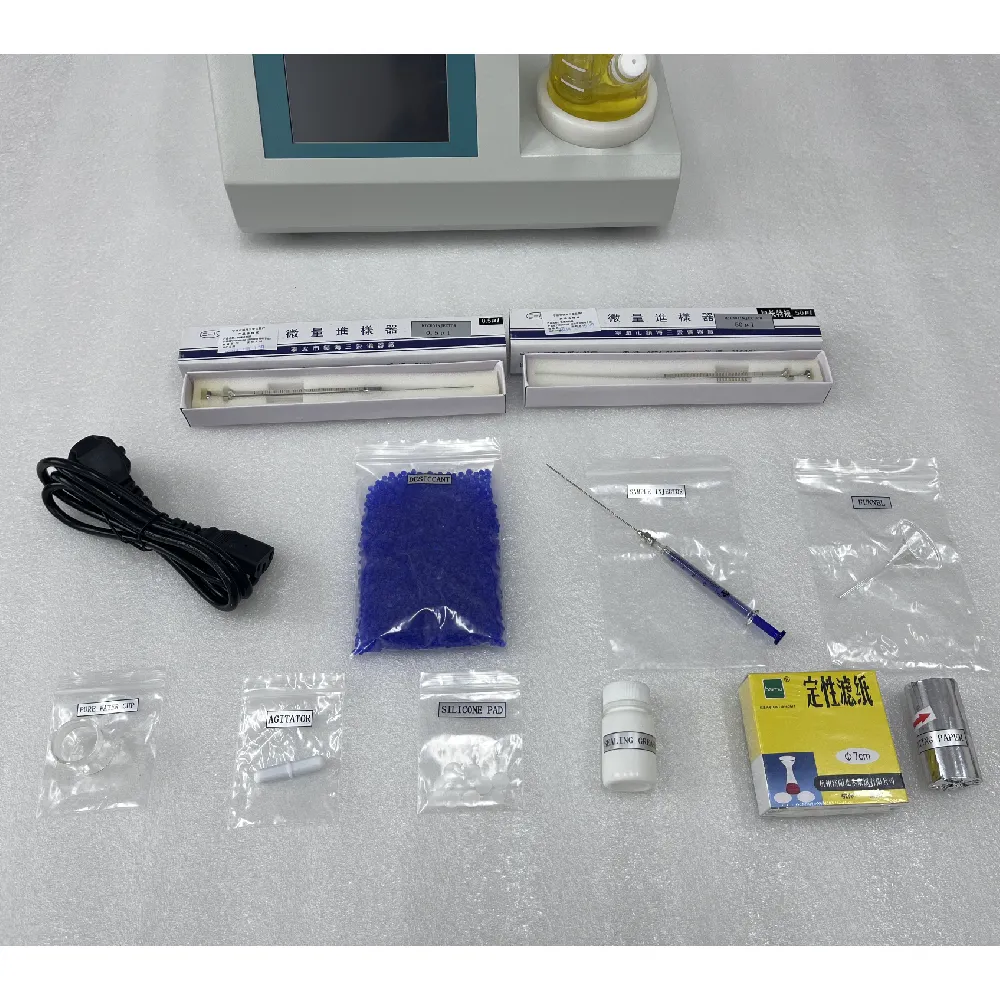 English
English


hipot test acceptable leakage current
Understanding HIPOT Testing and Acceptable Leakage Current
HIPOT testing, short for high potential testing, is a crucial procedure used primarily in the electrical and electronics industry to ensure the safety and reliability of devices and components. This testing method applies a high voltage to a device under test (DUT) to check for insulation breakdown and to ensure that no undesired current leaks through the insulation. One key aspect of this testing is assessing the acceptable leakage current, which is a vital parameter for ensuring the safety and functionality of electrical equipment.
Understanding HIPOT Testing and Acceptable Leakage Current
The acceptable leakage current can vary depending on the type of device being tested and the regulations governing it. For instance, medical devices typically have stricter leakage current limits due to the increased risk to patient safety. According to the International Electrotechnical Commission (IEC) standards, a typical limit for leakage current in medical equipment might be as low as 10 µA, while general consumer electronics may allow for higher leakage currents, often in the range of 100 µA to several hundred microamperes.
hipot test acceptable leakage current

During HIPOT testing, the device is subjected to a voltage that is significantly higher than its rated operating voltage. This voltage stresses the insulation system, allowing engineers to determine whether it can withstand higher voltages than it will encounter during normal operation. The test checks for insulation breakdown by measuring any resultant leakage current. If the leakage current exceeds the predetermined acceptable level, the device may require redesigning the insulation, improving connections, or ultimately failing the test.
Leakage current is typically measured in microamperes (µA), with different testing methodologies applied based on the type of equipment and its intended use. Devices designed for consumer use can tolerate more leakage current than those intended for industrial or medical applications. Thus, it's essential to refer to relevant standards, such as the IEC 60601 for medical devices or the UL standards for various consumer devices, when determining acceptable values.
It is also important to note that environmental factors can affect leakage current. Changes in temperature, humidity, and the presence of contaminants can all influence how electrical insulation performs. Engineers often conduct tests under various environmental conditions to ensure consistency and reliability.
In conclusion, HIPOT testing is an essential technique in verifying the safety and reliability of electrical equipment by checking for acceptable leakage current. By adhering to established standards and carefully measuring leakage currents during testing, manufacturers can ensure that their products will operate safely and efficiently under normal conditions. Understanding leakage current limits is critical not only for compliance with safety regulations but also for protecting users and maintaining the integrity of electrical systems. As technology advances, ongoing research and compliance with evolving standards will continue to be vital in ensuring electrical safety across various industries.
-
Differences between open cup flash point tester and closed cup flash point testerNewsOct.31,2024
-
The Reliable Load Tap ChangerNewsOct.23,2024
-
The Essential Guide to Hipot TestersNewsOct.23,2024
-
The Digital Insulation TesterNewsOct.23,2024
-
The Best Earth Loop Impedance Tester for SaleNewsOct.23,2024
-
Tan Delta Tester--The Essential Tool for Electrical Insulation TestingNewsOct.23,2024





